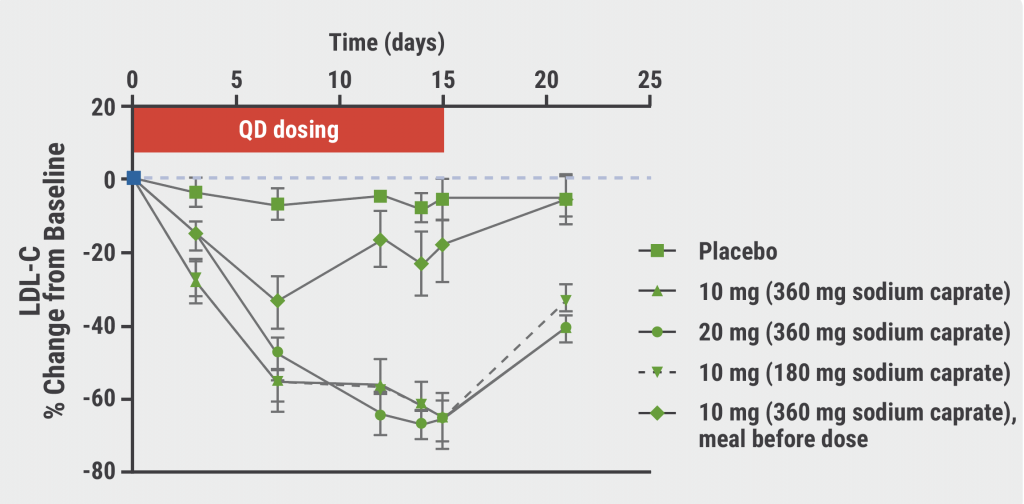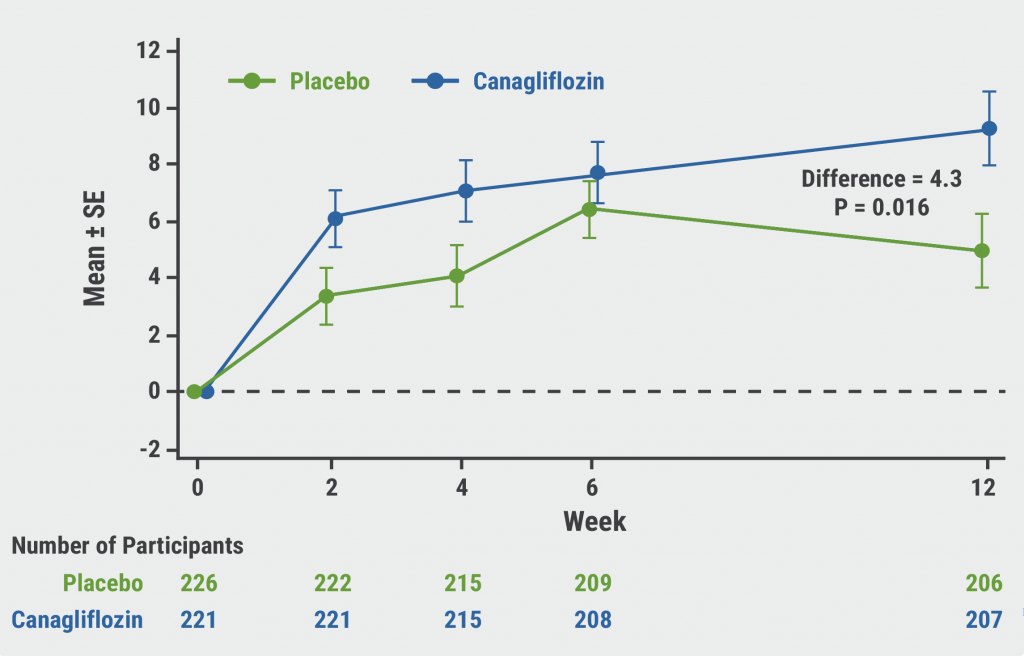“Left ventricular function is assessed for diagnosis, screening, and treatment management in all of our paediatric patients,” said Dr Charitha Reddy (Stanford Children’s Health, CA, USA) [1]. She explained that human assessment of EF measurement is limited. “Since the guideline-recommended 3 separate cardiac cycles, that are needed to average the EF, are rarely measured in clinical practice due to time constraints, we need an alternative.” According to Dr Reddy, deep-learning models have been developed to assess EF in adults but not in paediatric patients. “EF evaluation is different in young patients, due to increased frame rates, increased heart rates, and a wider range of body surface area in these patients,” argued Dr Reddy.
The EchoNet-Dynamic, video-based, deep-learning model has been developed to assess EF in adult patients [2]. The current study investigated the assessment of EF in paediatric patients via this model. In total, 4,400 ECGs were collected from 1,923 cardiac patients under 18 years of age with structurally normal hearts. The training phase used 80% of the ECG, whereas 10% was utilised for validation, and 10% for testing. The input for the model consisted of apical 4 chamber (A4C) videos, parasternal short axis view (PSAX) videos, and a combination of both.
The EchoNet-Dynamic model showed excellent overlap with human measurement. The authors used a dice similarity coefficient to measure the similarity of 2 data sets, with values ranging from 0, no overlap, to 1, complete overlap. In this study, the values were 0.901 for A4C videos and 0.887 for PSAX videos. The model showed an R^2 of 0.78 in the prediction of EF for the combined input (A4C plus PSAX videos) in paediatric patients if the model used a paediatric dataset in the training phase. When the model used a paediatric dataset in assessing the EF in adult patients, it resulted in an R^2 of 0.33. This reflects the distinction between assessing paediatric patients and adult patients. Notably, the model could estimate an EF 5/6 area length based on the input of only A4C or PSAX video.
Dr Reddy argued that the model should be validated in a broader paediatric dataset. Moreover, to protect the privacy of patients when applying deep-learning models in clinical practice, the utilisation of edge servers and federated models should be addressed.
- He B, et al. Video-Based Deep Learning Model for Automated Assessment of Ejection Fraction in Pediatric Patients. CH.AOS.466, AHA 2021 Scientific Sessions, 13–15 November.
- Ouyang D, et al. Nature. 2020;580:252–256.
Copyright ©2021 Medicom Medical Publishers
Posted on
Previous Article
« Concomitant tricuspid annuloplasty reduces treatment failure in moderate tricuspid regurgitation Next Article
2021 Guideline for Chest Pain: Top 10 takeaways »
« Concomitant tricuspid annuloplasty reduces treatment failure in moderate tricuspid regurgitation Next Article
2021 Guideline for Chest Pain: Top 10 takeaways »
Table of Contents: AHA 2021
Featured articles
The scope of remote healthcare in hypertension and hyperlipidaemia
Atrial Fibrillation
New developments in remote diagnostics and monitoring of AF
Head-to-head: Efficacy of dabigatran versus warfarin on cognitive impairment
Posterior left pericardiotomy safe and effective in reducing atrial fibrillation
LAA ligation did not reduce recurrent atrial arrhythmias in persistent AF
Equal benefits of early rhythm control in AF subtypes
CVD Risk Reduction
Remote healthcare programme improves hypertension and lipid control
Novel oral PCSK9 inhibitor shows promising results for hypercholesterolaemia
REVERSE-IT: Interim analysis shows promising effect of bentracimab on ticagrelor reversal
No significant effect of aspirin on reducing cognitive impairment
Milvexian phase 2 data supports safety and efficacy for VTE prevention after total knee replacement
Network meta-analysis observes no clear effect of eicosapentaenoic acid on CV outcomes
Heart Failure
Empagliflozin efficacious in HF patients with preserved ejection fractions ≥50%
EMPULSE: Empagliflozin improves outcomes of acute heart failure
CHIEF-HF: Canagliflozin improves health status in heart failure
DREAM-HF: MPC therapy for HFrEF did not meet primary endpoint
Therapeutic approaches in heart failure with diabetes
Acute Coronary Syndrome
Ticagrelor cessation: early CABG non-inferior to delayed surgery
Distinguishing patients before AMI based on plaque morphology
Vascular Diseases: PVD
Rivaroxaban regimen beneficial after revascularisation for claudication
LIBERTY 360 shows quality-of-life improvements after peripheral vascular intervention
Deficient treatment outcomes after PVI in Black and low-income adults with PAD
REDUCE-IT: Cardiovascular risk reduction with icosapent ethyl in PAD
Vascular Diseases: CAD
Long-term reduced risk of CV events with ticagrelor plus aspirin after CABG
Early surgery outperforms conservative management in asymptomatic severe aortic stenosis
External support device for SVG grafts in CABG surgery shows promise
COVID-19 & the Heart
Blood pressure control disrupted during the pandemic
Icosapent ethyl did not reduce the risk of hospitalisation in COVID-19
Neutral effect of P2Y12 inhibitors in non-critical COVID-19 hospitalisations
COVID-19 mRNA vaccination benefits outweigh the risk for myocarditis
Other
2021 Guideline for Chest Pain: Top 10 takeaways
Accurate ejection fraction assessment in paediatric patients via artificial intelligence
Concomitant tricuspid annuloplasty reduces treatment failure in moderate tricuspid regurgitation
Related Articles


January 14, 2022
CHIEF-HF: Canagliflozin improves health status in heart failure
© 2024 Medicom Medical Publishers. All rights reserved. Terms and Conditions | Privacy Policy
HEAD OFFICE
Laarderhoogtweg 25
1101 EB Amsterdam
The Netherlands
T: +31 85 4012 560
E: publishers@medicom-publishers.com

